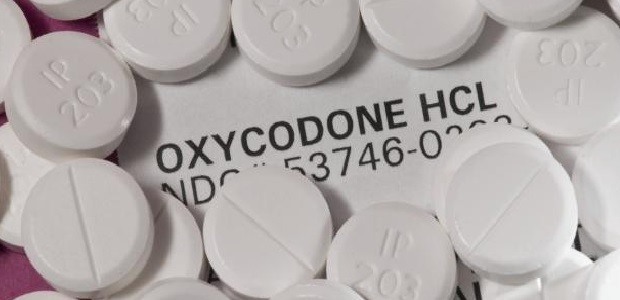
Opioid Overdoses Up 30 Percent Last Year: CDC
A new Vital Signs report from the agency, based on emergency department data, shows in the nine months through September 2017, overdoses increased across all regions, in most states, for both men and women, and for most age groups. They were up about 30 percent overall, with the largest increases mainly in western states.
A new Vital Signs report from CDC that is based on emergency department data shows in the nine months through September 2017, overdoses increased across all regions, in most states, for both men and women, and for most age groups. They were up about 30 percent overall, with the largest increases mainly in western states, Acting Director Dr. Anne Schuchat said in a media briefing March 6 that included Surgeon General Dr. Jerome Adams, M.D., MPH.
Schuchat said the United States is currently seeing its highest drug overdose death rates ever. More than 63,000 drug overdose deaths occurred in the country during 2016, and more than 40,000 of those involved opioids. "We have been challenged to keep up with this fast-moving epidemic," she said.
The numbers for 2017 through the month of September 2017 were 91 million emergency department visits, of which 142,557 were suspected opioid overdoses. All five U.S. regions saw significant increases, but the numbers rose the most in western states – about 70 percent. And Schuchat said there were significant increases among all groups age 25 and older.
The report has specific data from 16 states, and there the increases averaged 35 percent. The largest increases were in Wisconsin (109 percent) and Delaware (104 percent). Pennsylvania's increase was 81 percent. But Massachusetts, New Hampshire, Rhode Island, and even hard-hit West Virginia and Kentucky showed declines, with Kentucky's decline being 15 percent.
Shucchat said some of the declines may reflect some fluctuations in drug supply, and the agency needs to investigate to confirm that. Recent changes in drug supply or the toxicity of drugs that are available might be at work, she said, adding that CDC doesn't have enough data yet to evaluate the interventions some states are employing. Declines in states such as West Virginia could have occurred because states hit hard early with a wave of overdoses have been addressing the problem longer and more comprehensively, she suggested.
The overdose increase in large, central metropolitan areas with a population over 1 million was 54 percent year over year, she said. Schuchat pointed out that for every fatal case, there are many more non-fatal cases, and while research shows that someone who's had a non-fatal overdose is more likely to have a fatal one, non-fatal overdoses do offer an opportunity to get those people into treatment, she said.
Adams said he's grateful for CDC's work and mentioned that he has encountered this problem both professionally and on a personal level, because he has a brother who has battled addiction, he said.
He and Schuchat pointed out the roles to be played in overcoming this crisis by the entire community, from first responders to people whose friends or family members are battling addiction. Adams said his office is working on a series of initiatives to help America understand the severity of this problem and added, "To successfully combat this epidemic, everyone must play a role."
Schuchat said differences in overdose rates around the country show the need for better coordination, readiness, and regional cooperation, and she said CDC wants to see more emergency departments hand off overdose patients to medically assisted treatment, beyond offering resuscitation only.
"This is a very difficult and fast-moving epidemic, and there are no easy solutions," she said. "But there are opportunities” to improve.
CDC will host a March 13 webinar on coordinating a community's response to the opioids epidemic.